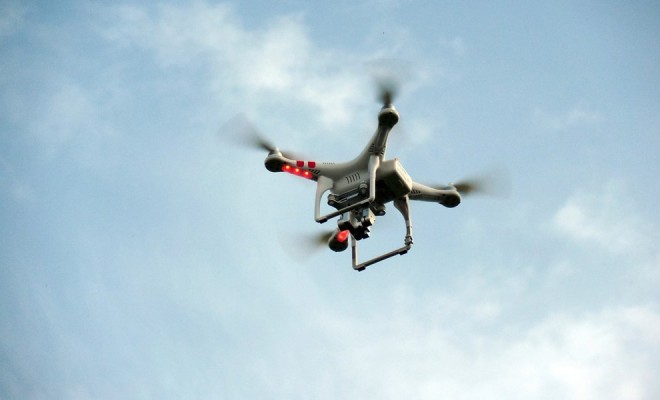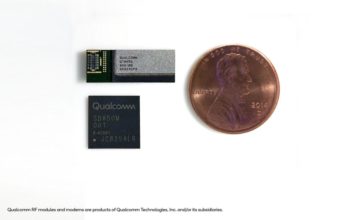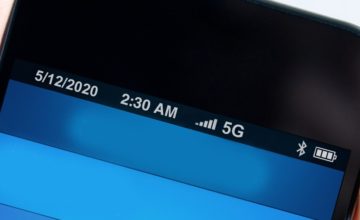With advances in recent years in drone technology, the wireless industry has seen them become a vital tool in a wide range of applications, from being used as temporary mobile towers nicknamed “Flying COWs” (Cells on Wings), to surveys, microwave path analysis, or infrastructure inspection. “The cellular network is perfect for this because it is a lot of vertical structures. With drones we can climb vertically and access angles and positions that are difficult to reach with a tower climber,” Art Pregler, Director of National Mobility Systems at AT&T told Petrilla.com, “This enables us to augment our tower climbers. The less climbs they perform the safer it is.” Pregler continued, “With the drones we can do full tower compound surveys, structural analysis, pre and post construction mapping, and bird nest activity surveys.”
AT&T in particular has been drastically expanding their drone program, headed up by Pregler. In disaster surveys, they have sent drones in to survey damage after heavy storms, even sending them ahead of crews to assess damage on routes to wireless sites in addition to surveying the tower itself. Sending a drone can prepare crews for what tools, equipment, or materials are needed, thus cutting down time and also limiting the number of climbs required.
Flying Cells on Wings can be deployed in situations such as fires, where the fire line is constantly moving, as well as other situations that warrant rapid deployment such as large events. Tethered to a vehicle, with a built-in LTE radio and antenna, the mobile unit can quickly move to adjust as needed. It can reach heights up to 400 feet, the maximum allowed by the FAA, three to four times the height of some of the tallest current mobile units known as Cells on Wheels (COWs), providing massively more coverage for an area than conventional alternatives.
For bird nest activity surveys, many birds are federally protected, and when they are nesting in cell towers which often is the case, it can put a halt to work. Drones can be sent to unobtrusively observe nesting activities and determine if work can proceed.
One of the most time saving and advantageous benefits to utilizing drones is real-time video inspections. According to Pregler, AT&T has been using them to send live video feeds back to an off-site location where technicians can make determinations and provide feedback from their office without needing to come out to the field.
Where may the future lead? Artificial Intelligence is now a hot focus for the drone industry, which has peaked the attention of carrier leadership. If you can program a drone to know what it is looking at on a tower, it could save a great deal of time and become an even more invaluable tool for wireless technicians.
Drones are already proving themselves in the industry, freeing up time for technicians to focus on other aspects of building or repairing a cell site, and the carriers are not holding back in testing as many applications for them as possible, “We expect our experiences will lay the foundation for new, exciting drone applications,” said John Donovan, AT&T’s Chief Strategy Officer and Group President, Technology and Operations in a statement released by the carrier, “We’re moving toward the future by pushing the envelope on what’s technologically possible for drones.”




